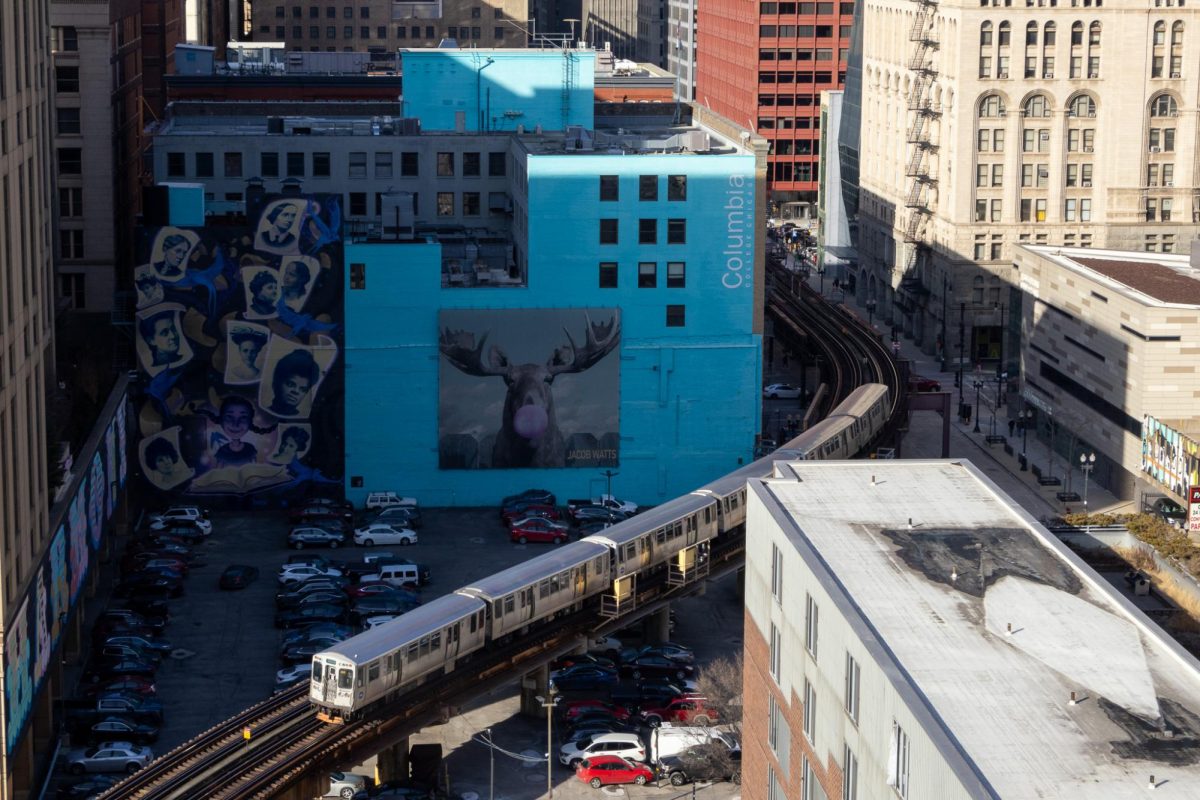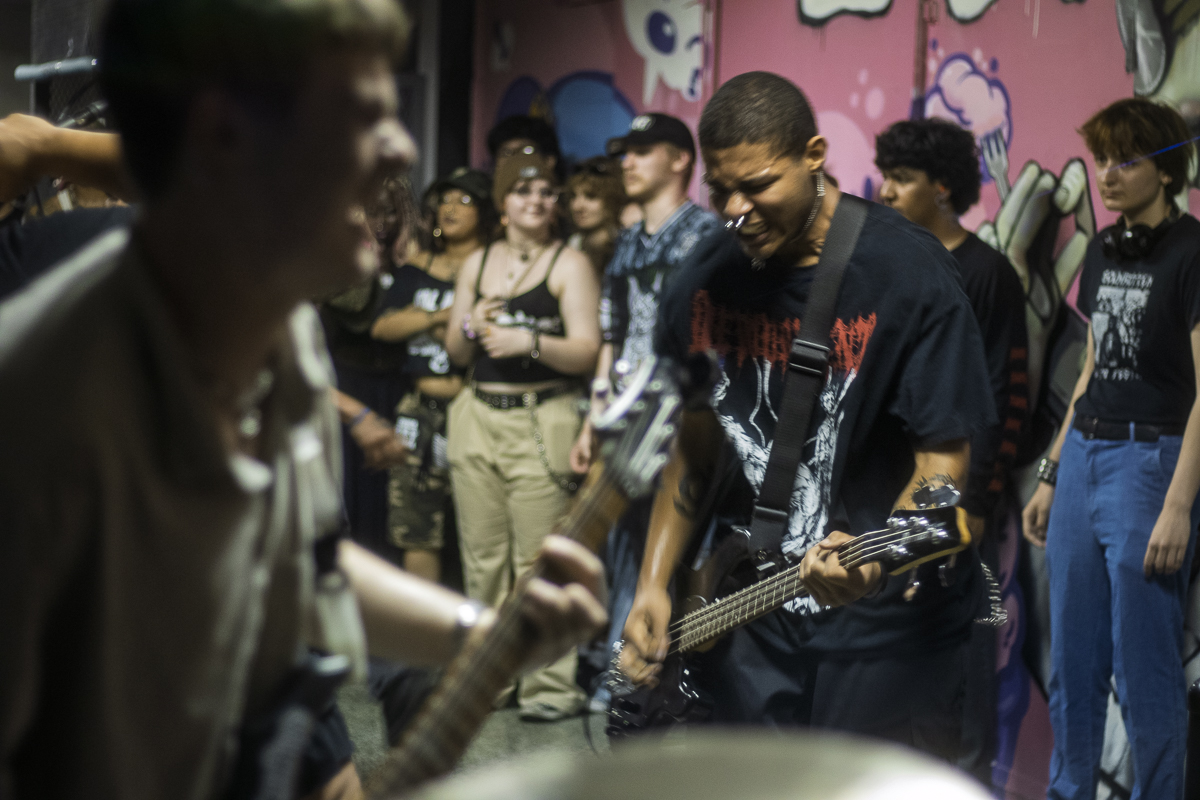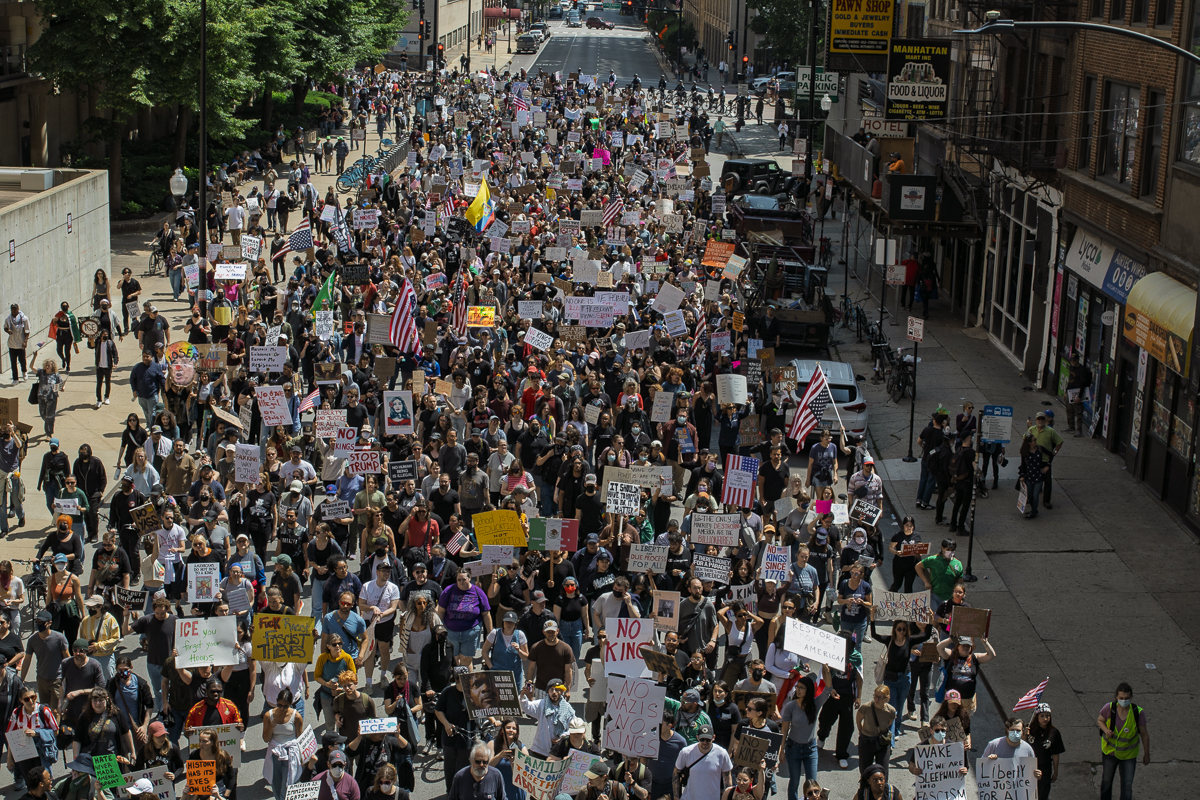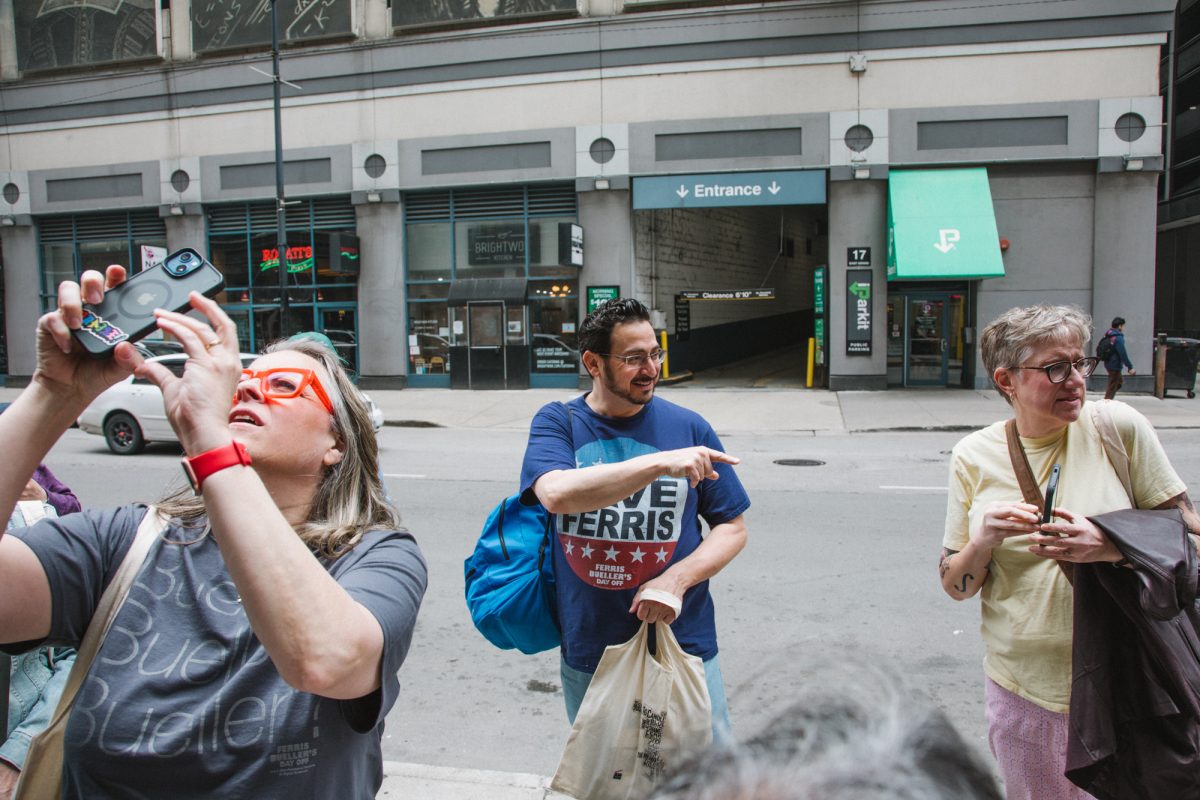Illinois lawmakers ended their spring session without addressing a $771 million shortfall in the Regional Transportation Authority’s budget, putting Chicago’s public transit system on a collision course with steep service cuts that could impact hundreds of thousands of daily riders — including Columbia College students, faculty and staff.
This crucial funding and reform legislation was needed to prevent an impending transit crisis in Chicago. Without it, the transportation system could face a projected shortfall of $1.5 billion by 2026.

The Senate approved a proposal introduced by state Sen. Ram Villivalam (D-Chicago) to create a new governing body for transit and implement a $1.50 tax on delivery fees from services like Uber Eats and Amazon, but the House did not take up the measure before closing out its session on May 31.
Lawmakers may reconvene for a special session this summer to reconsider the Senate bill or propose an alternative funding plan. If they do not return before fall, the next opportunity to address the budget shortfall will come during the 2025 veto session, when passing any legislation would require a 60% supermajority, rather than a simple majority.
Without new revenue or reforms, the Chicago Transit Authority, Metra and Pace are bracing for a projected $1.5 billion deficit by 2026, a funding cliff that could result in service reductions of up to 40%, according to transit officials.
Under Illinois law, the Regional Transportation Authority must generate at least half its annual operating revenue from system-generated sources — mainly fares, advertising and leases. That requirement, known as the recovery ratio, puts additional pressure on agencies to maintain ridership and prioritize high-revenue routes.
If no funding solution emerges, four of the CTA’s eight rail lines could face partial or full suspension. Metra would reduce service to one train per hour during weekdays and one every two hours on weekends. The bus network, which serves neighborhoods across the city and suburbs, could lose up to 74 of its 127 routes.
The impact would be immediate and wide-reaching. The RTA estimates that 500,000 riders could lose access to convenient bus or train service. One in five Chicago residents relies on public transportation to get to work, school or medical appointments.
That includes students at Columbia College. According to a survey from spring 2023, 53% of Columbia’s students commute to school using public transit. Of those students, 66% took the CTA train and 51% rode the CTA bus as a part of their commute.
“I think it’s going to be a detriment to the students who commute to and from the college,” said Amelia Lutz, the Executive Vice President of SGA and junior film and television major.
She said that the potential cuts will limit the areas where students can move into and impact the number of Chicago natives who come to Columbia.
Daniel Salas Alavarez, a fine arts and graphic design sophomore, frequently uses the Blue Line to commute to the South Loop from Maywood, a village located in Cook County. “It’s pretty useful,” said Alaverez. “I could always drive, it’s not a big deal, but when I do need to take the train, that’s gonna be rough.”
Maya Baez, a sophomore film and television major from the Hyde Park neighborhood on Chicago’s south side, said the No. 6 bus, which she takes, is “filled to the brim” already at certain times of day.
“I think it’s gonna be really hard for people to get around if those cuts are made, especially for those who are farther away,” Baez said.
Carson Graves, a senior animation major who commutes from Bronzeville, is concerned about how the city plans to manage this budget deficit with commuter demands. “I think prioritizing funding for the CTA should be top of the list because there are so many people who rely on public transit to get around in the city,” Graves said.
Copy edited by Vanessa Orozco









